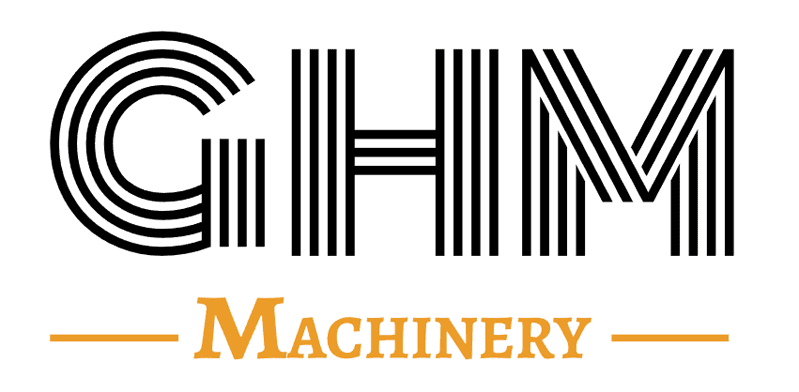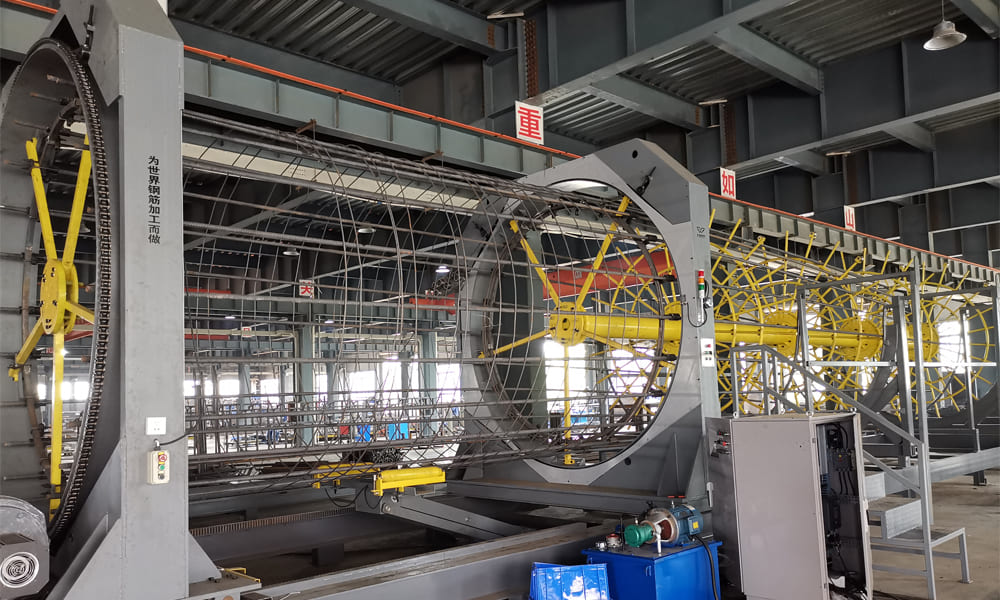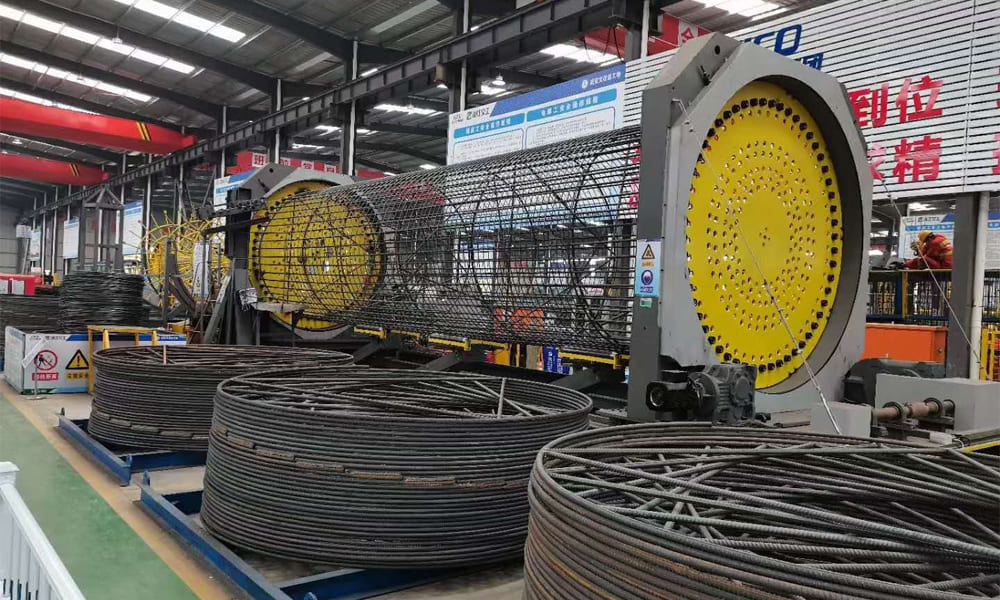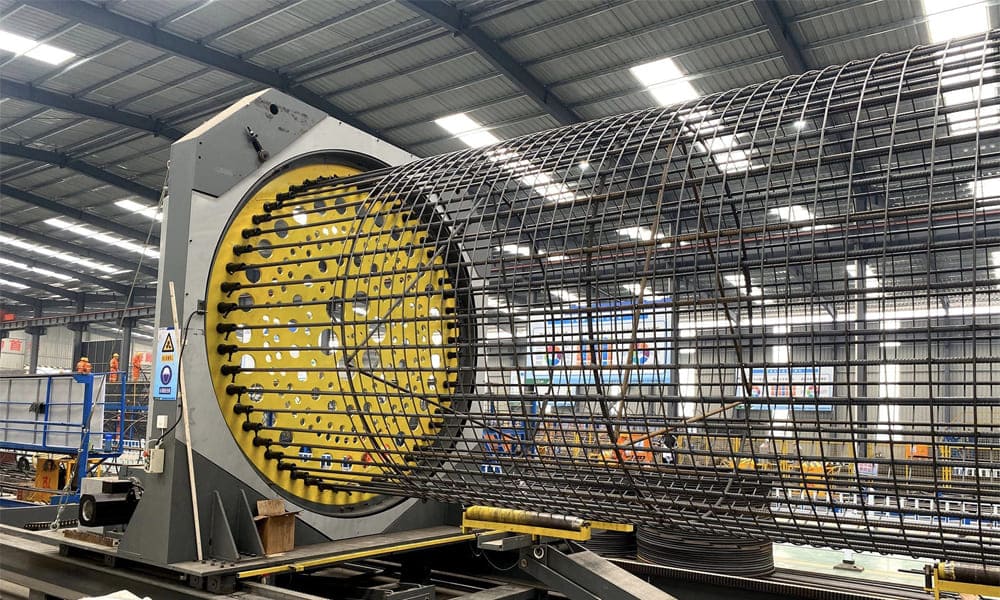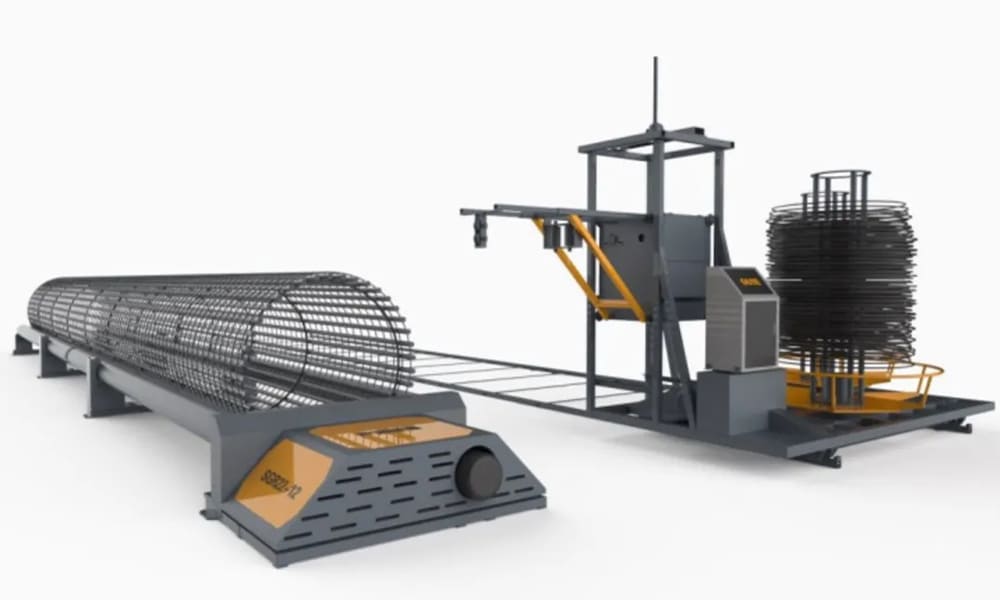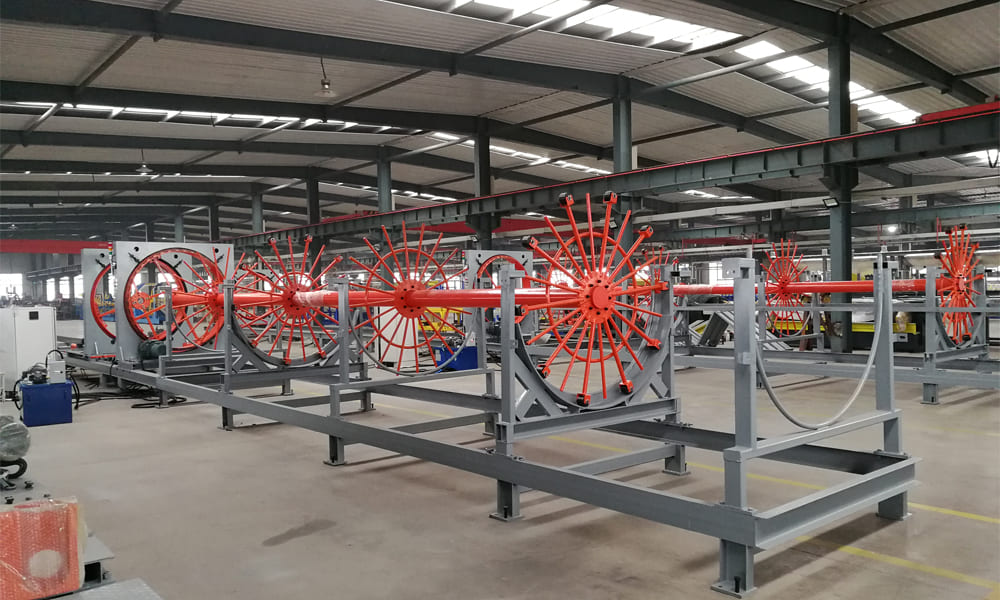A steel cage machine is a specialized piece of equipment used to automatically produce reinforced steel cages for construction projects. These cages are crucial in reinforcing concrete structures such as columns, beams, tunnels, bridges, and piles. The machine is designed to streamline the production process, enhancing precision, efficiency, and overall construction quality.
Key Features and Benefits
- Automation and Efficiency:
-
- The machine automates the entire process of cage production, from feeding and welding to cutting and shaping.
- It significantly reduces labor costs and time, producing high-quality steel cages at a faster rate compared to manual methods.
- Precision and Quality:
-
- Ensures consistent and accurate dimensions, meeting specific project requirements.
- High precision in welding and bending enhances the structural integrity of the cages, improving the overall quality of the construction.
- Versatility:
-
- Capable of producing various types of steel cages, including circular, square, and rectangular shapes.
- Adaptable to different diameters and lengths, accommodating a wide range of construction needs.
- User-Friendly Operation:
-
- Equipped with advanced PLC (Programmable Logic Controller) systems for easy operation and control.
- Touchscreen interfaces allow for easy input of parameters and real-time monitoring of the production process.
- Durability and Maintenance:
-
- Built with robust materials to withstand harsh construction environments.
- Designed for easy maintenance and long-term use, minimizing downtime and repair costs.
Applications
- Pile Foundations: Used extensively in the construction of pile foundations for buildings, bridges, and other structures.
- Columns and Beams: Essential for creating reinforced steel cages for columns and beams in high-rise buildings and infrastructure projects.
- Tunnels and Bridges: Used in the production of reinforcement cages for tunnel linings and bridge piers.
- Wind Power Generation: Utilized in the construction of reinforced bases for wind turbines.
Operation Process
- Feeding: Steel bars are automatically fed into the machine.
- Welding and Bending: The machine welds the longitudinal and transverse bars to form the cage structure. It can bend bars to create circular or rectangular cages.
- Cutting and Shaping: The machine cuts the bars to the required length and shapes them according to the specified design.
- Quality Control: The finished cages are inspected for quality and accuracy before being used in construction.
Advantages Over Manual Methods
- Increased Productivity: The automation process significantly boosts production rates, allowing for the completion of large-scale projects in shorter time frames.
- Consistency and Accuracy: Automated machines provide consistent results with high precision, reducing the risk of human error and ensuring uniformity in cage production.
- Labor Savings: Reduces the need for extensive manual labor, allowing workers to focus on other critical tasks within the project.
- Enhanced Safety: Automation minimizes the risk of injuries associated with manual handling and welding of steel bars.
Conclusion
A steel cage machine is an invaluable asset in modern construction, providing a high level of automation, precision, and efficiency. It plays a critical role in producing reinforced steel cages that meet the stringent demands of contemporary infrastructure projects, from skyscrapers to bridges and tunnels. By integrating such advanced equipment, construction companies can ensure higher quality, faster completion times, and cost savings.
